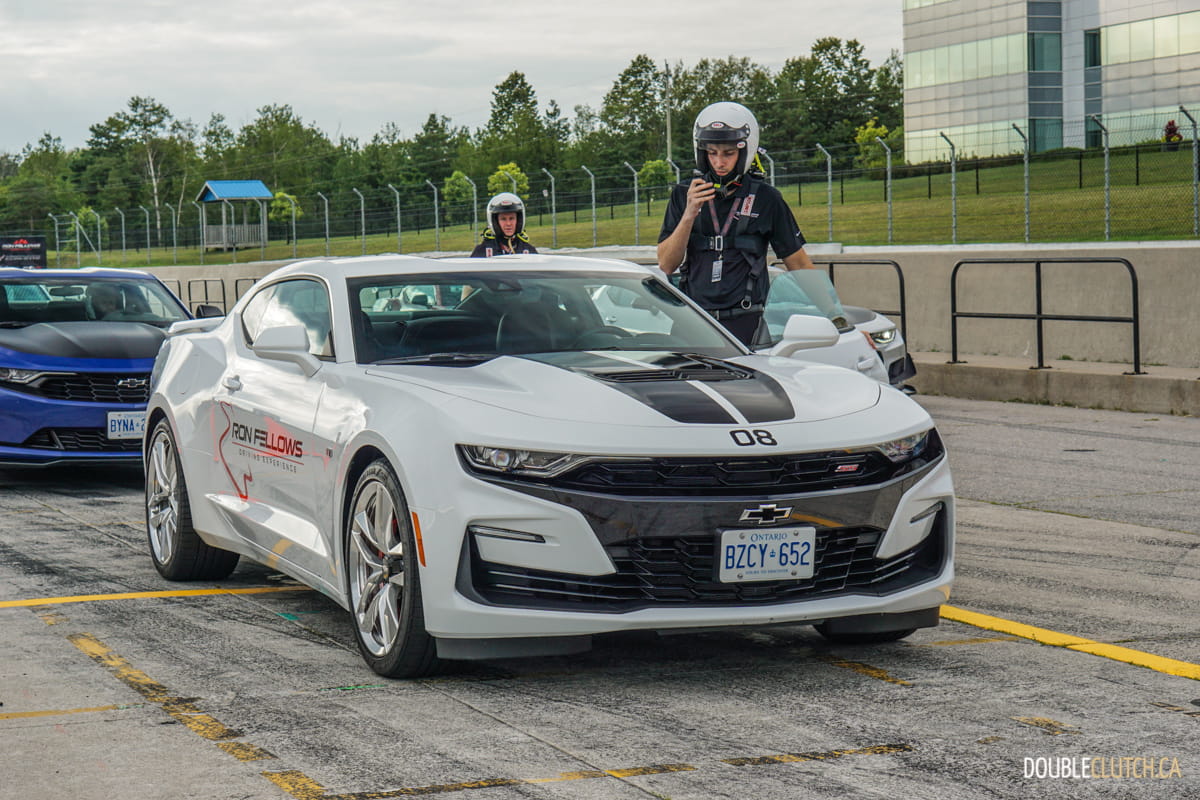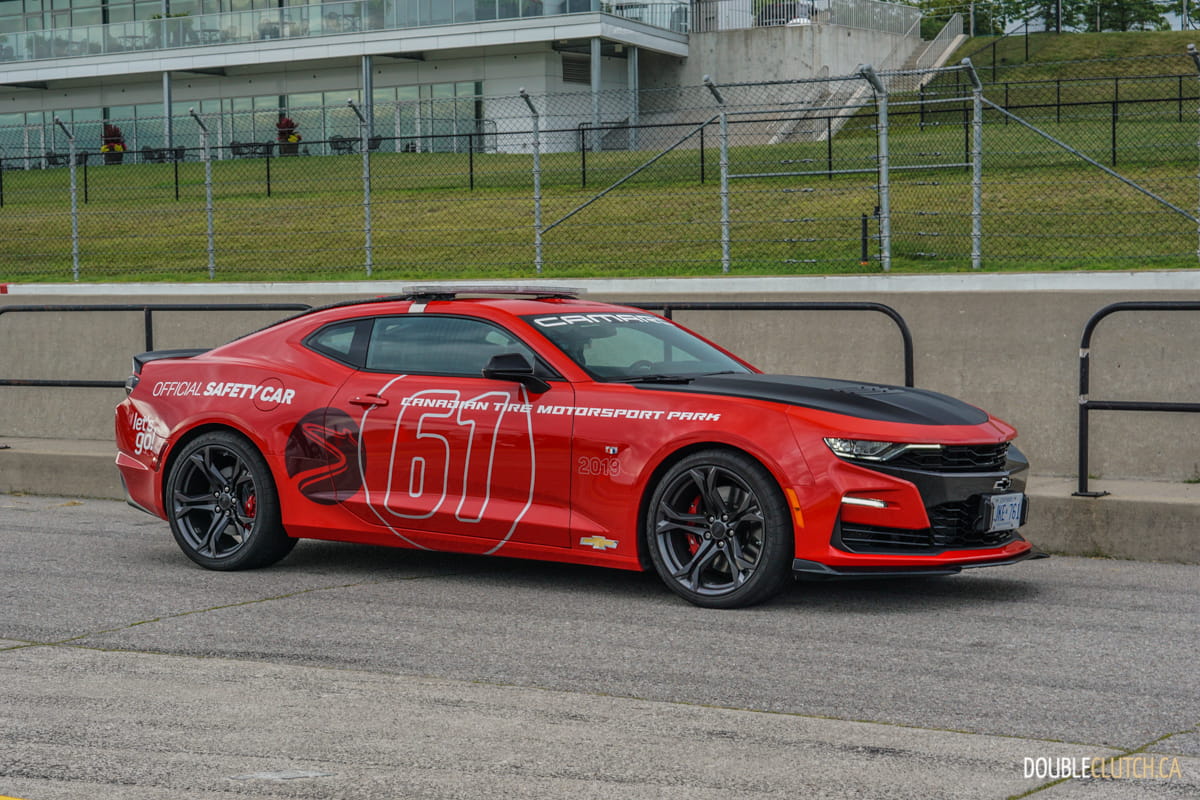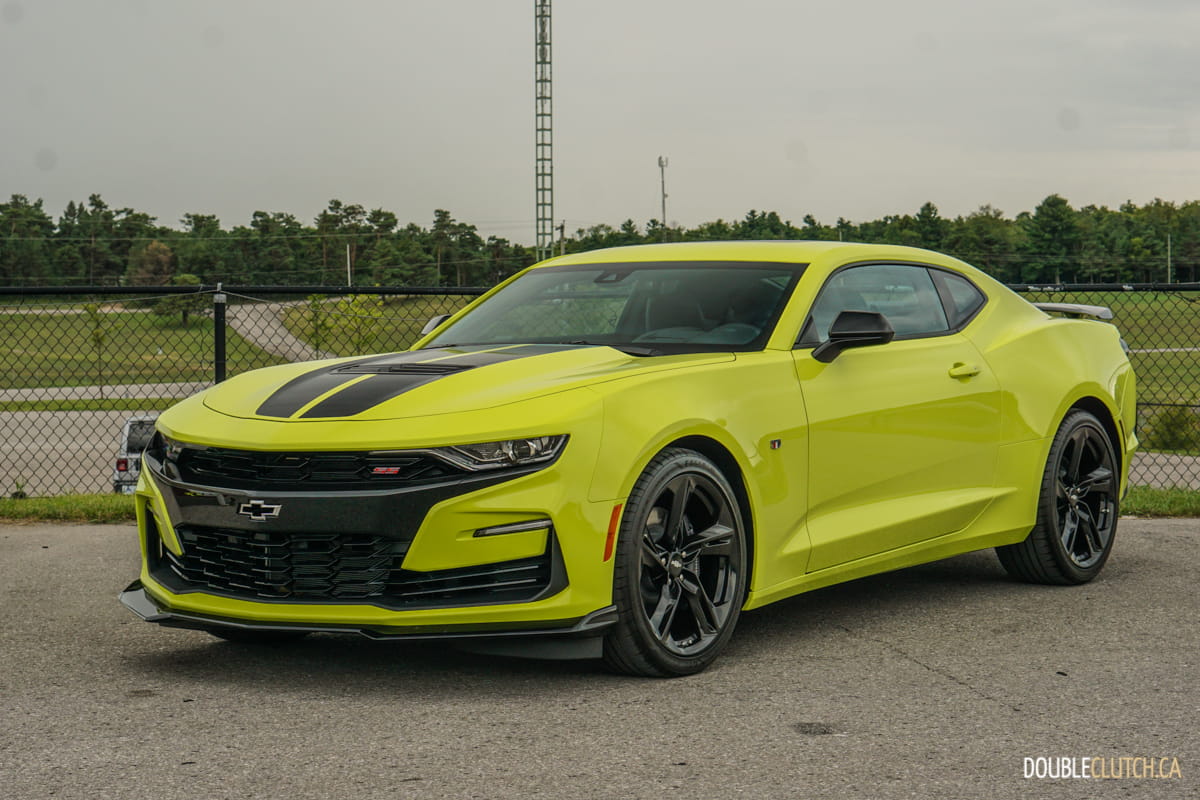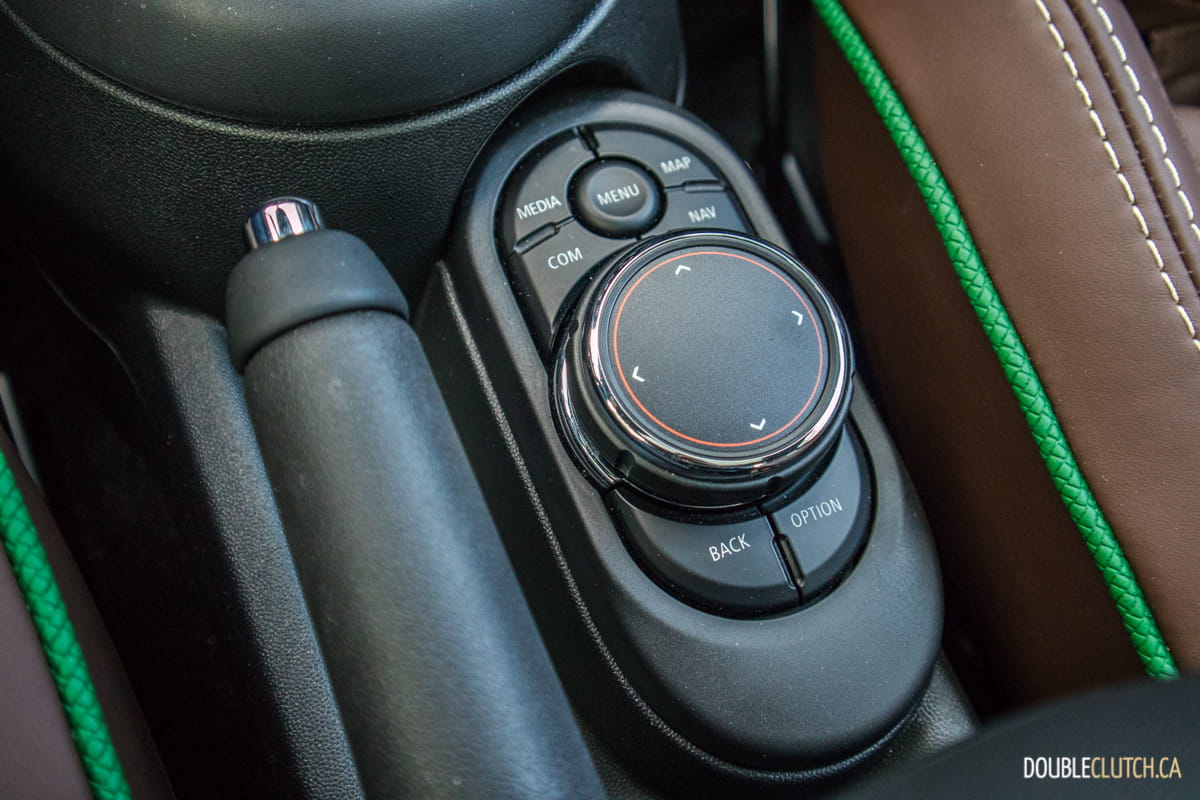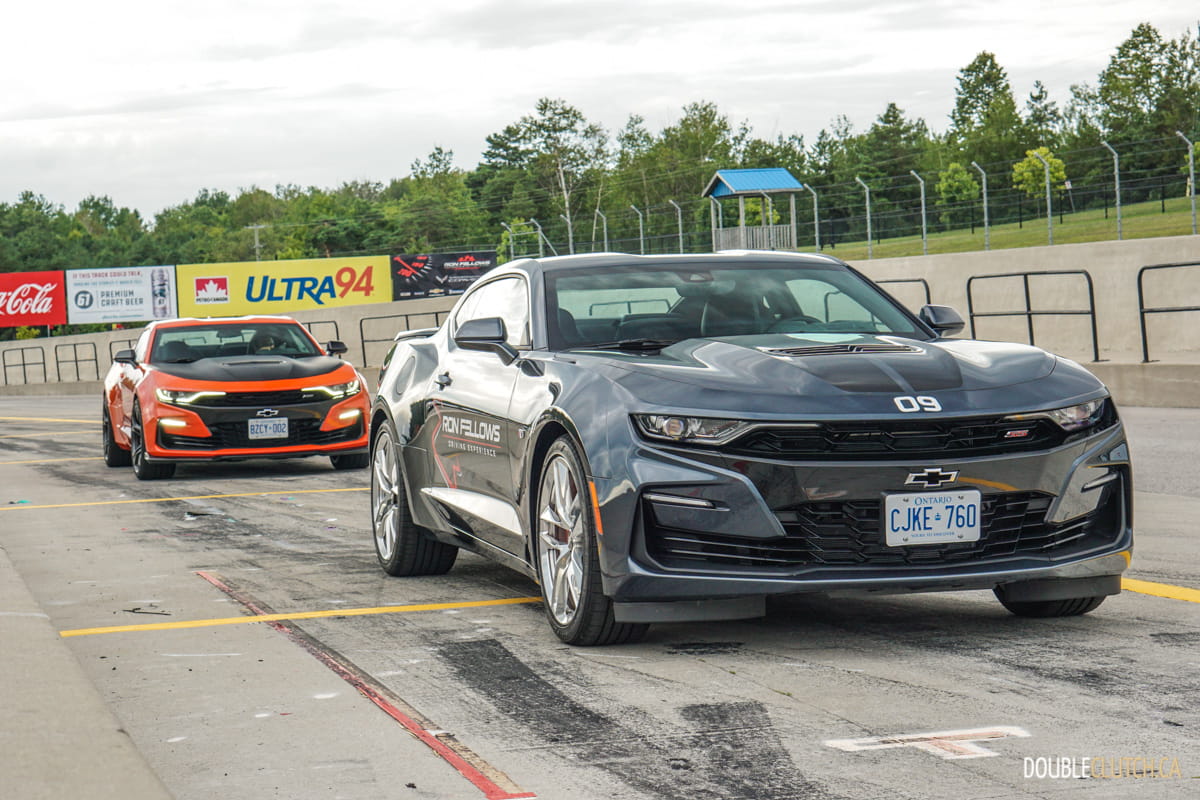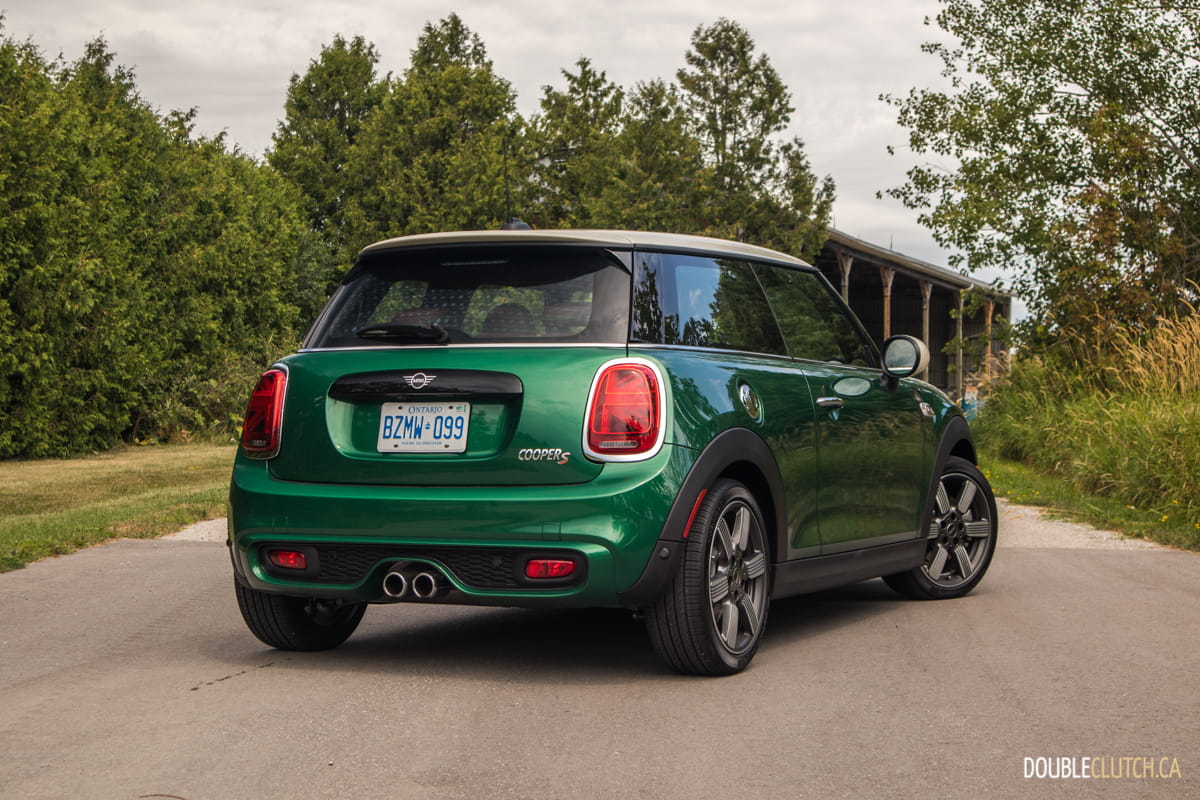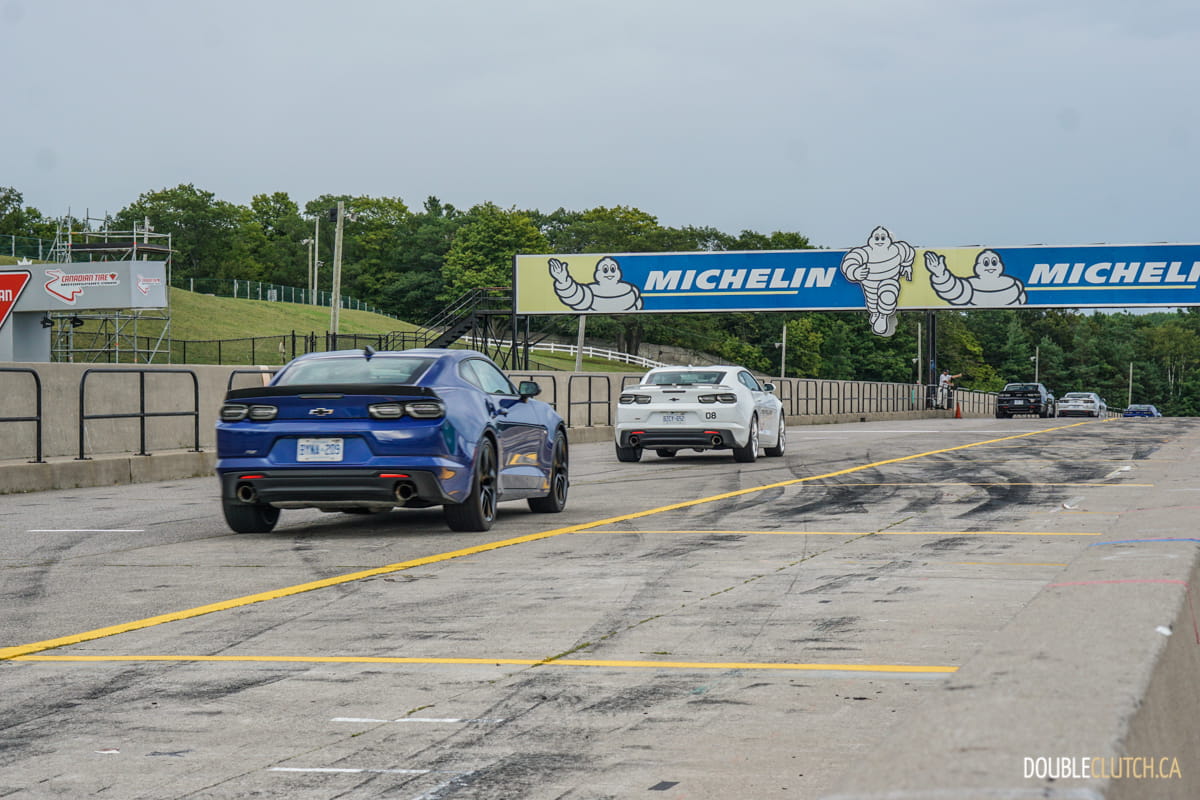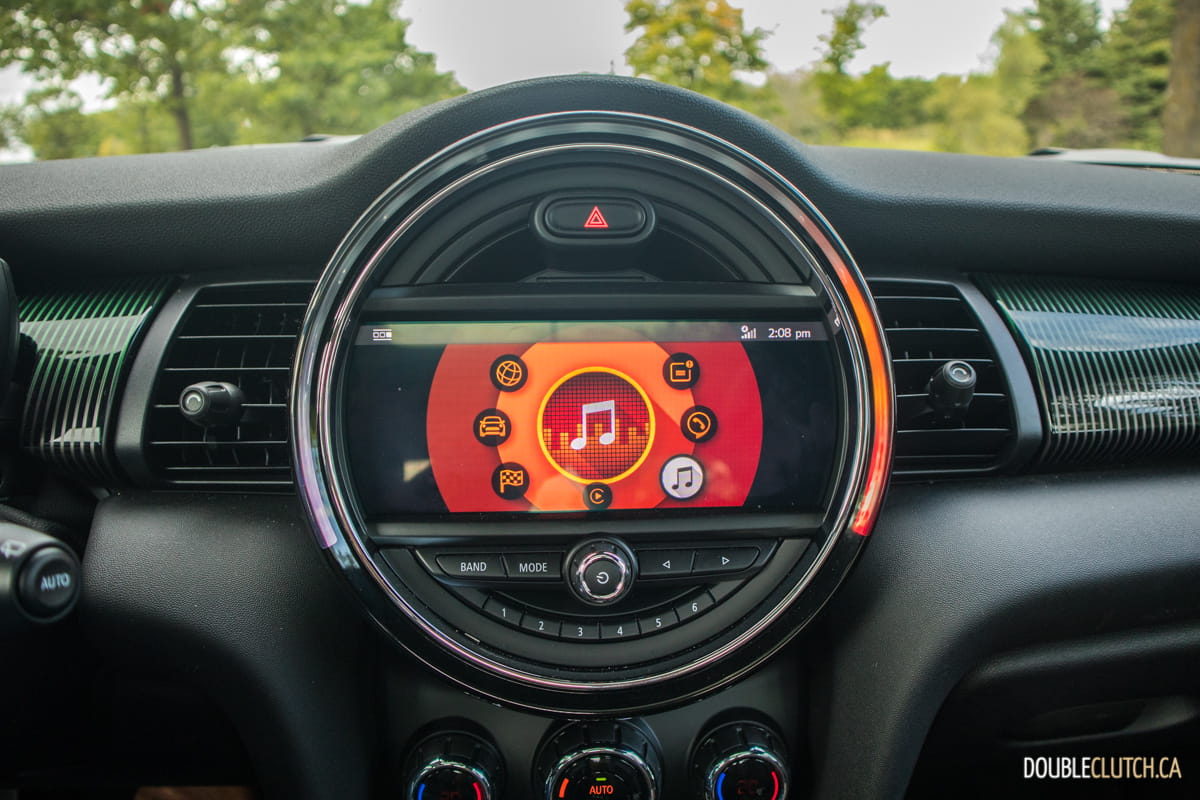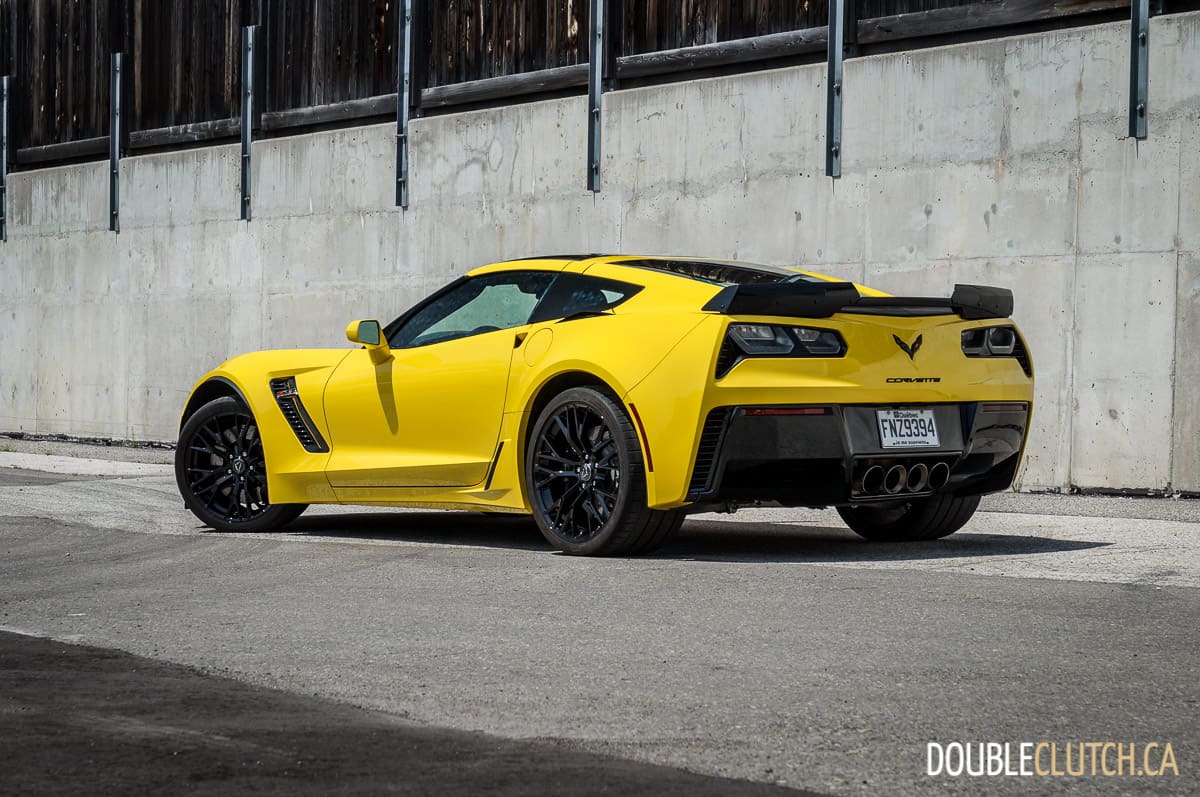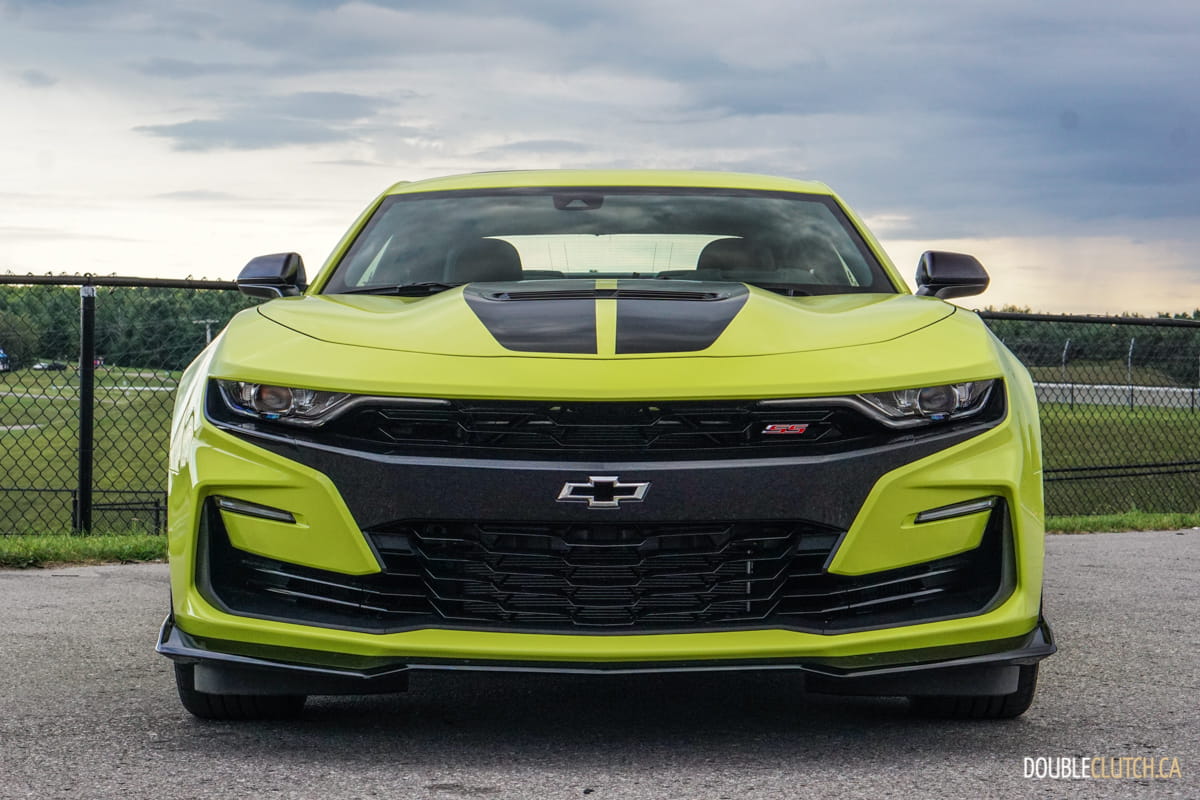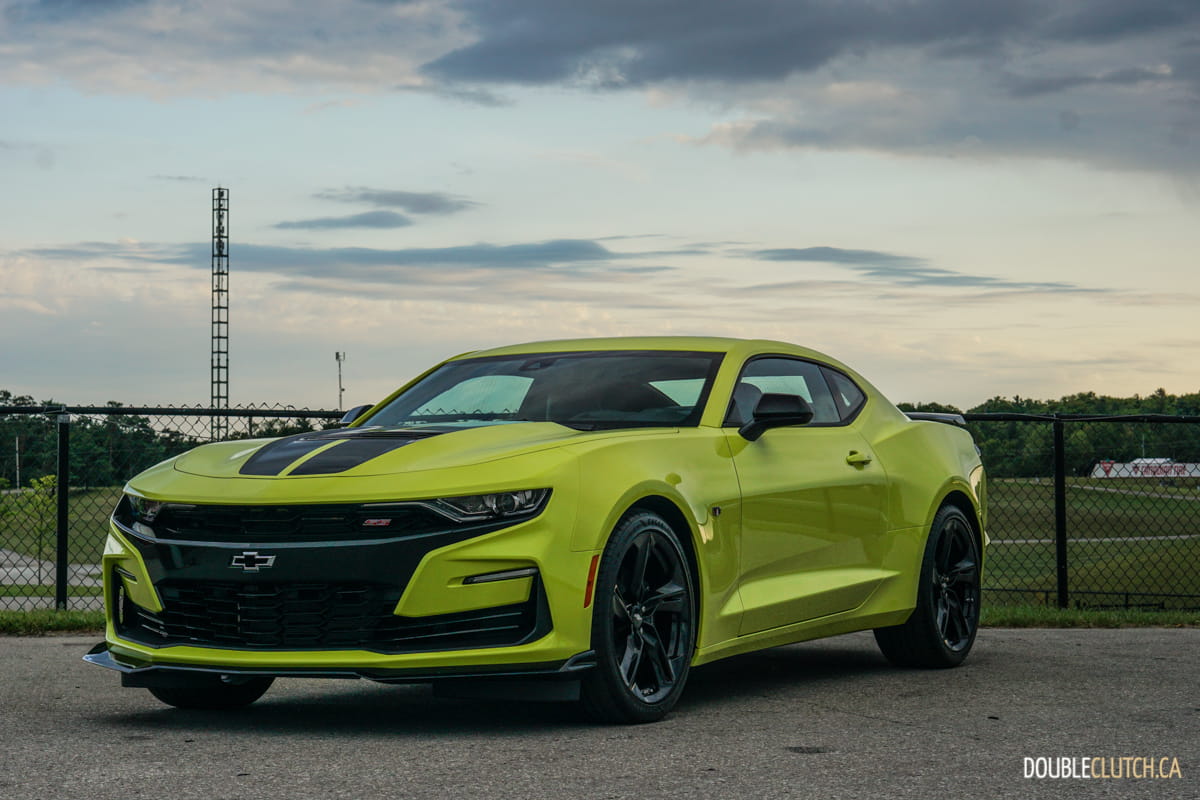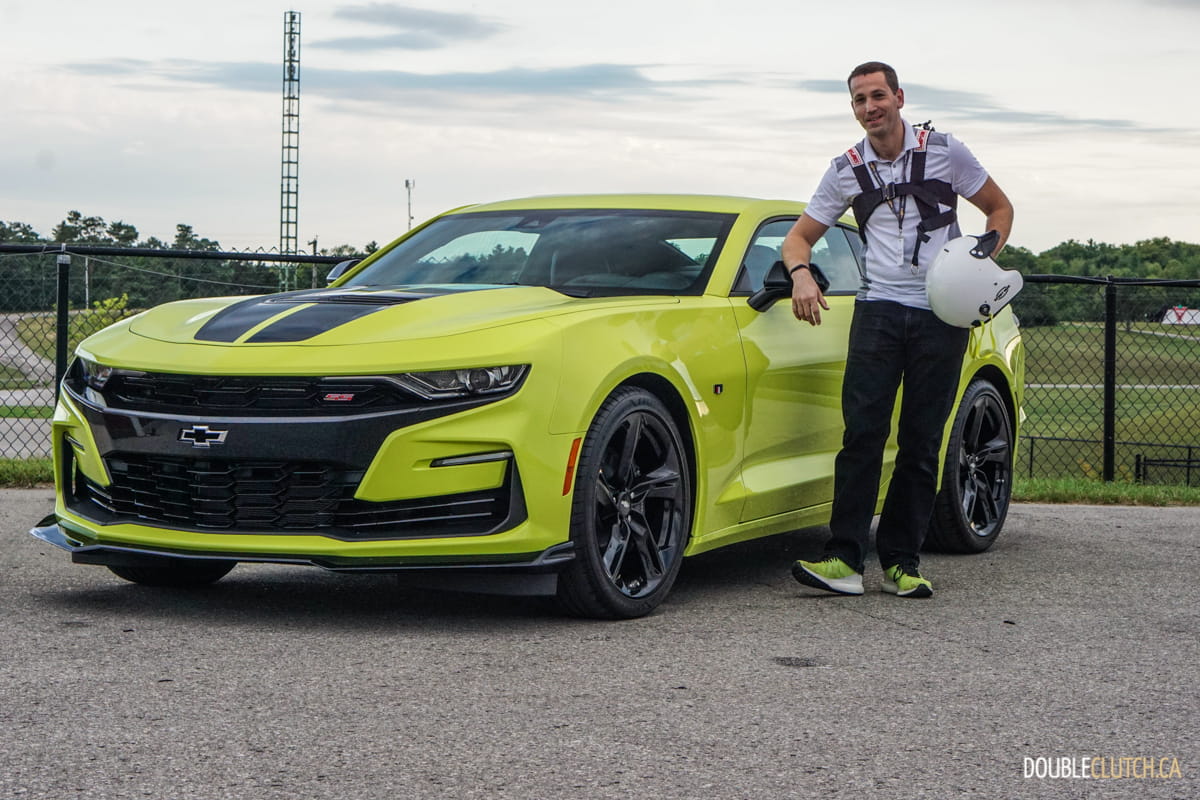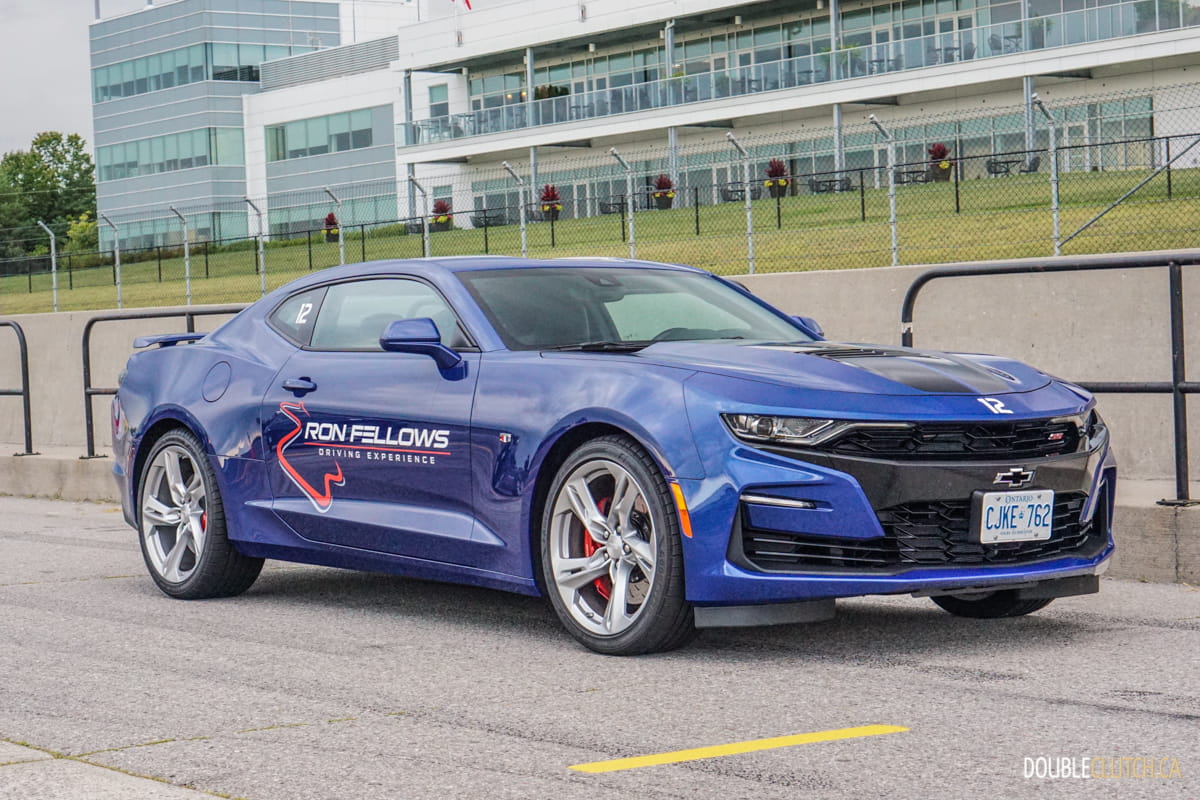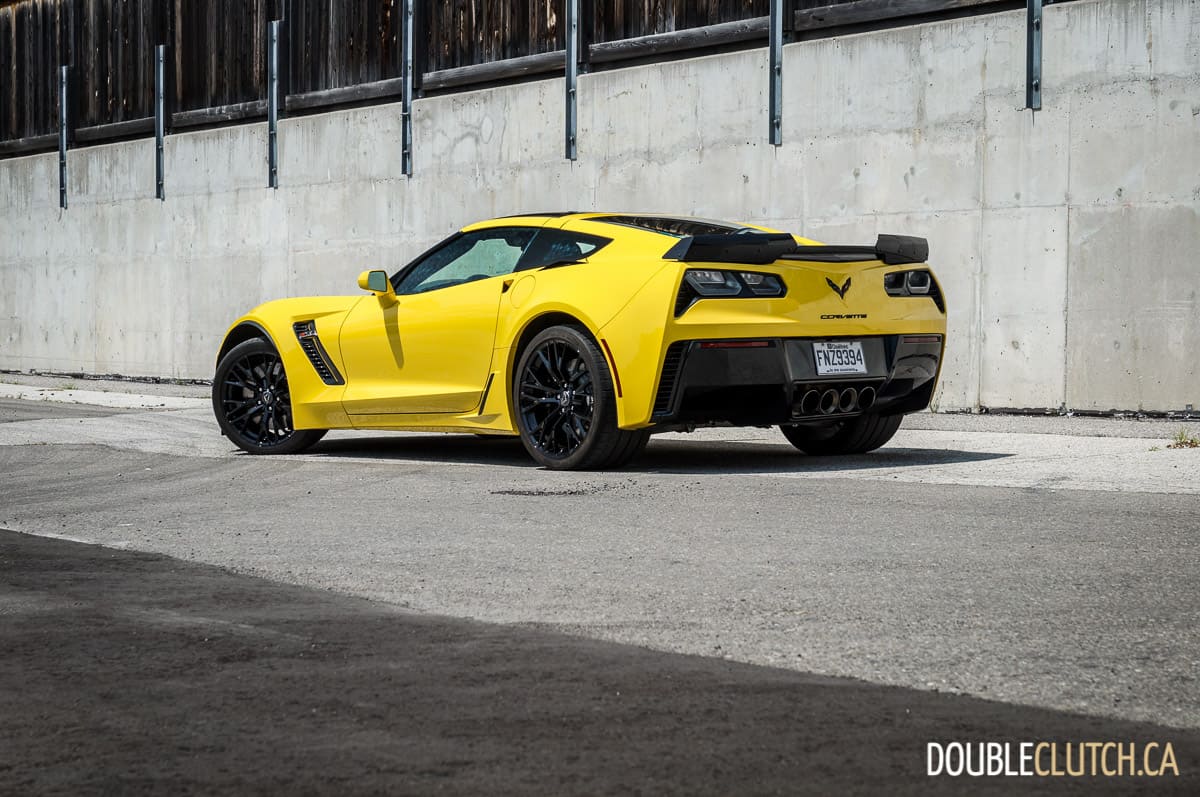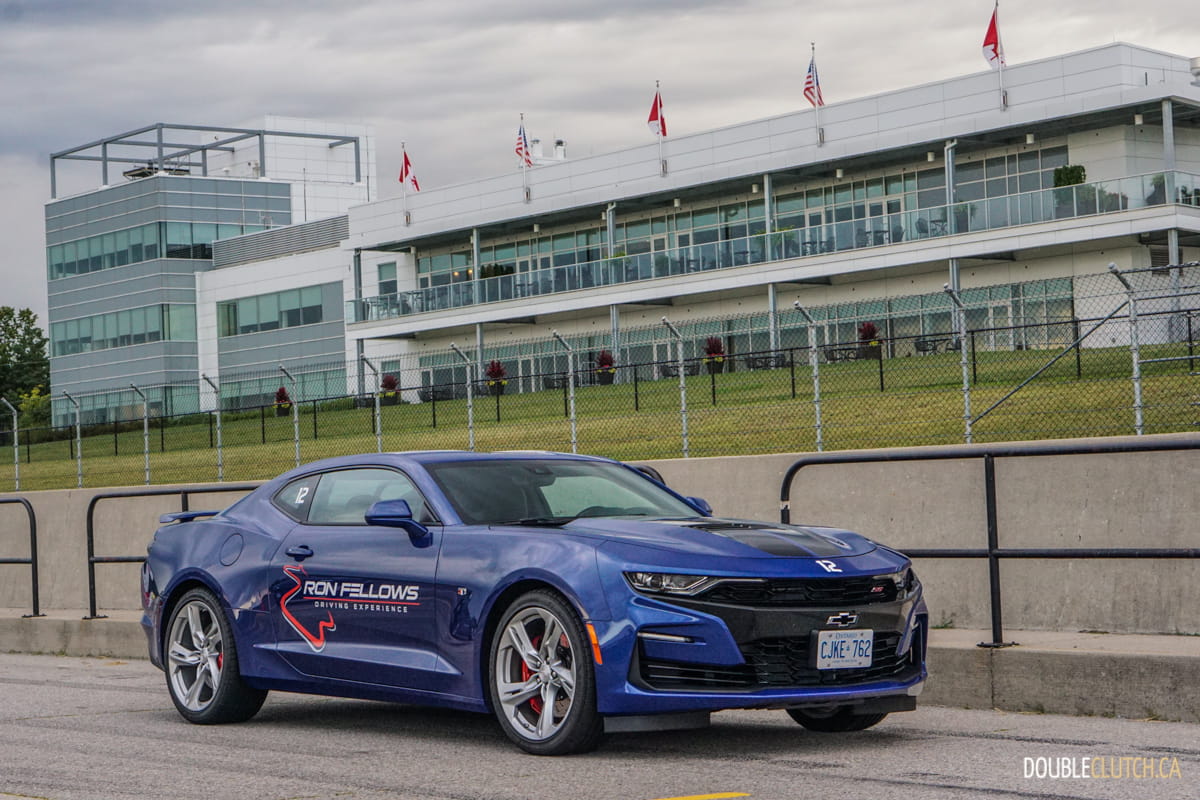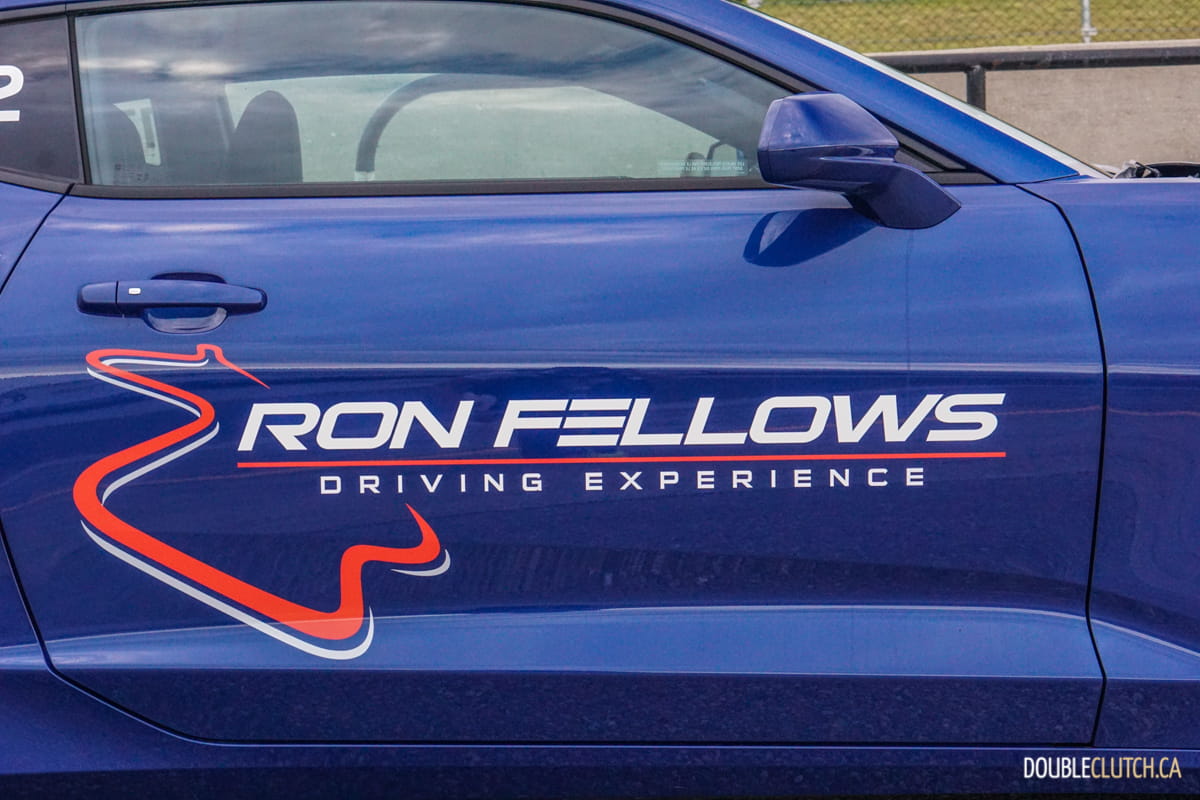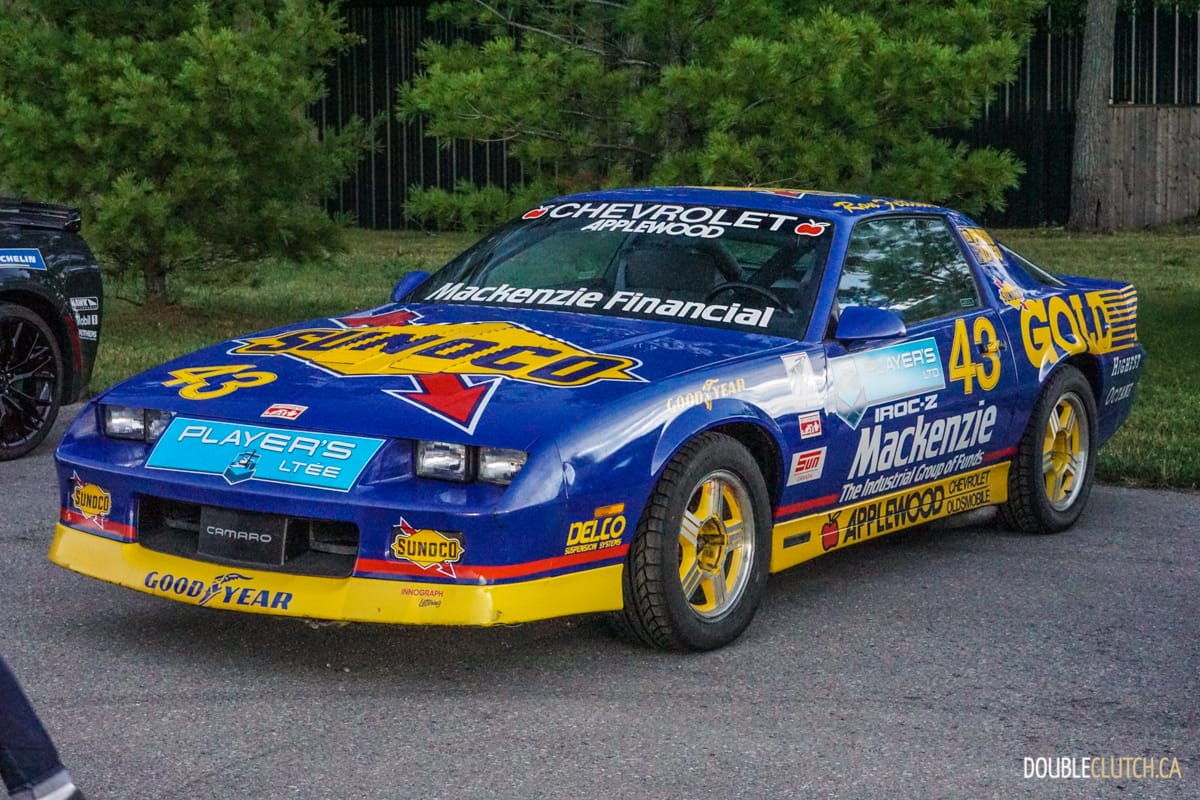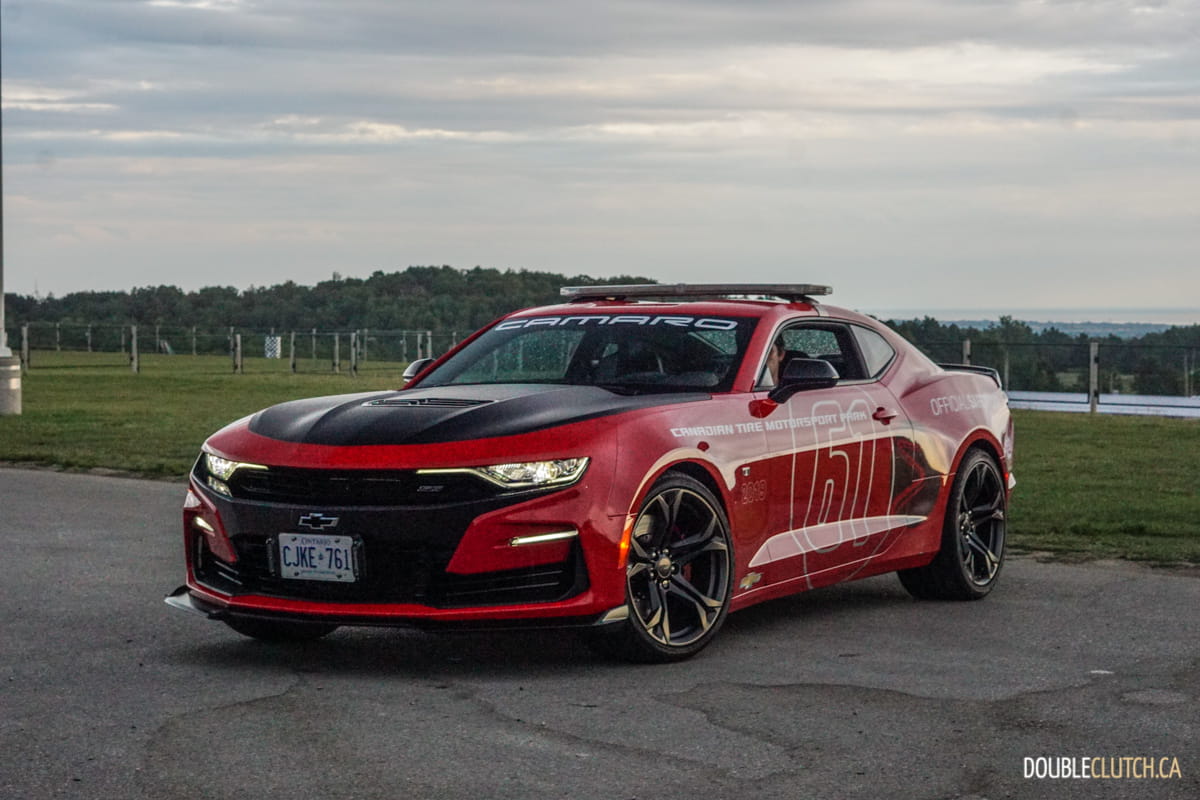It’s interesting to see what Hyundai Canada has enjoyed overwhelming success in the past decade, transforming their brand from one that is value oriented to one that is perceived as being high quality, according to J.D. Power’s annual Initial Quality study. Hyundai has also managed to reclaim its position as the third largest import automotive manufacturer in Canada with nationwide sales of 133,207 units in 2019. With all this in mind, one would think Hyundai would choose not to deviate too far from the proven brand image when redesigning the bread and butter sedan offering, the 2020 Hyundai Sonata Ultimate tested here.
Instead, they surprised us with a stunning design that looks nothing like their current lineup. Our tester, the all-new 2020 Sonata Ultimate, arrived wearing what Hyundai calls the ‘Sensuous Sportiness’ design language, with a distinctive front end that became a controversial topic of discussion amongst our team. The oversized front grille sets the tone early for the sporty four-door-coupe style, and the most innovative piece in its exterior styling comes from the Hidden Lighting Lamps up front. When the vehicle is off, they form part of the chrome stripes that surround the headlights. When the car is on, they act as LED daytime running lights that are easily recognizable even from afar.
While I personally am not a fan of the 2020 Sonata’s new fascia, I cannot argue the way it attracts attention as it appears on the horizon; and moving past the front-end reveals beautifully designed side and rear three-quarter views that best embody the best of the new age design.
Two engine choices are available for the 2020 Hyundai Sonata. The base Preferred gets a 2.5-litre naturally aspirated four-cylinder engine with 191-horsepower and 181 lb-ft. of torque. Step up to the higher trim levels and it receives a 1.6-litre turbocharged four, which curiously produces less power than the base engine, with a 180-horsepower output at 5,500 RPM. It does get a slightly better torque rating of 195 lb-ft. between 1,500 to 4,500 RPM. Both engines are mated to an eight-speed automatic transmission, directing power to the front wheels.
While the 1.6T engine delivers plenty of low-end power to propel the Sonata, it does run out of breath fairly quickly, and lacks the smoothness and power of the V6 in the Toyota Camry (reviewed here) or the turbocharged 2-litre in the Honda Accord (reviewed here), all of which are considered to be the upgraded powertrains in their respective lineup (for now, until the 2021 Sonata N-Line arrives). Even though it is down on power, it makes up for it with good handling characteristics. The steering is responsive and the new chassis feels nimble with little understeer during street use.
Given the similar power figures between the Sonata’s two engine choices, one would expect to find distinction in other aspects such as its fuel economy figures to justify getting the 1.6T engine. However, the two engines achieved nearly identical numbers once again. The base 2.5-liter engine is rated at 8.8L/100km in the city and 6.4L/100km on the highway, for a combined rating of 7.7L/100km, while the turbocharged powerplant manages 8.6L/100km in the city and 6.6L/100km on the highway, for the same combined fuel consumption rating of 7.7L/100km.
Our observed fuel economy rating with the Sonata Ultimate over a week of mixed commute returns 7.5L/100km, with a better than expected 6.4L/100km over our highway jaunt. These figures absolutely demolish the aforementioned Camry and Accord’s combined averages of about 9.0L/100km, so the Sonata is the obvious efficiency winner, as long as buyers can accept the weaker power output. All 2020 Sonatas require only regular grade gasoline in its 60-litre fuel tank.
The 2020 Hyundai Sonata Ultimate features an elegant and simplistic interior design, a stark contrast to the radical and sporty exterior. Our tester featured a dark grey and camel two-tone dashboard, which is a timeless choice and we observed excellent craftsmanship throughout the cabin. The premium heated and ventilated front, and rear heated leather seats are supportive, and there is sufficient headroom for all occupants despite the low-slung roof design, with average legroom for rear passengers. The Sonata’s trunk volume is rated at 453 litres, which is about average for its class.
Double pane glass front windows help to eliminate most of the noises transmitted to the cabin, and despite our tester wearing winter tires at the time of testing, we observed a whisper quiet experience even at high speed. The panoramic sunroof helps to offset the shallow-ish windows and kept the Sonata feeling airy inside. Hyundai’s effort in elevating quality is evident in the Sonata Ultimate’s interior and many places seen or touched reminded us of their luxury offering, the Genesis G70 (reviewed here).
Infotainment is delivered using the 10.25-inch touchscreen on the centre console. Resolution is vivid and the interface is easy to use. There are touch sensitive keys for shortcuts located alongside the screen, however we would have liked to see physical buttons for quicker and more accurate input while driving. Apple CarPlay and Android Auto connectivity is supported, and we love the slot in between the cup holders to secure a smartphone and keep it out of sight. The upgraded Bose premium 12-speaker audio system is excellent, delivering great sound quality to its occupants, regardless of where they are seated.
A first-in-class feature found in the 2020 Hyundai Sonata Ultimate is the 12.3-inch full digital display instrument cluster, something we normally see in higher end segments. The digital instrument cluster is fully customizable to suit its users’ needs, and our top trim tester also comes standard with a heads-up display that can display speed, blind-spot warning, and navigation information.
The 2020 Sonata comes standard with a host of safety and drivers assist features such as Adaptive Cruise Control, Blind-Spot Collision Avoidance Assist, Rear Cross-Traffic Collision-Avoidance Assist, Forward Collision Avoidance Assist, Lane Keeping Assist, and High Beam Assist systems. Our Ultimate tester adds a Blind View Monitor, Remote Smart Parking Assist, Highway Driving Assist, Parking Collision Avoidance Assist, and Highway Auto Curve Slowdown assist systems, with much of the attention focused around the Smart Parking Assist system thanks to its marketing commercial campaign.
The Smart Parking Assist system is a feature that allows drivers to remote control its vehicle to drive in or out of parking spots using the smart key, and is particularly useful for maneuvering in tight spaces. Our test run showed that while the feature works as advertised, it requires you to stand close to the vehicle as it slowly moves towards your intended direction, and the system did not work in some scenarios where the vehicle is on a slope.
Pricing starts at $26,999, and our Ultimate model comes in at $38,599. We added $200 for the Stormy Sea paint job, bringing the as-tested total to $38,799. The Sonata Ultimate competes closely with the Accord Touring with the 1.5L turbo engine, as well as the Camry XLE with Navigation Package and the 2.5L engine. However, it falls short on being the unequivocal winner in the mid-size segment with its glaring shortfall in power. For buyers who seek the ultimate no-compromise family sedan, we expect the 2021 Sonata N-Line to have a significant increase in power, thus leveling the playing field in the segment.
The 2020 Hyundai Sonata Ultimate showed us a glimpse of what to expect from the Korean automaker as it enters into the new decade. It is a daring entry to a typically boring class of cars, and shows that Hyundai is not afraid to stir the pot in order to be taken seriously. With its continual emphasis in quality, craftsmanship, and materials, we expect the Sonata to be a competent contender, and the choice of engine will depend on the trim level and the list of equipment buyers choose.








